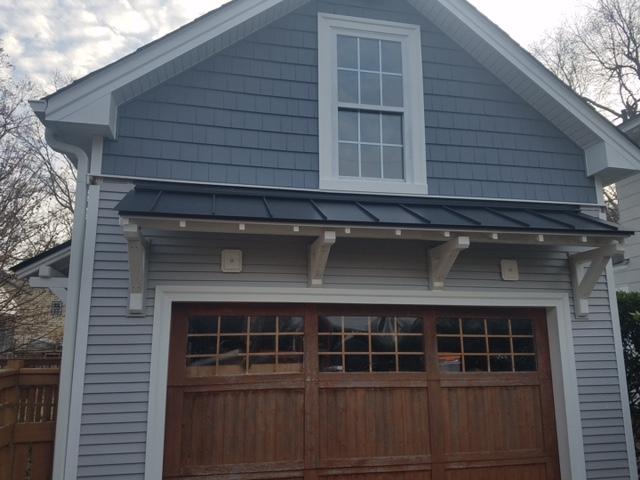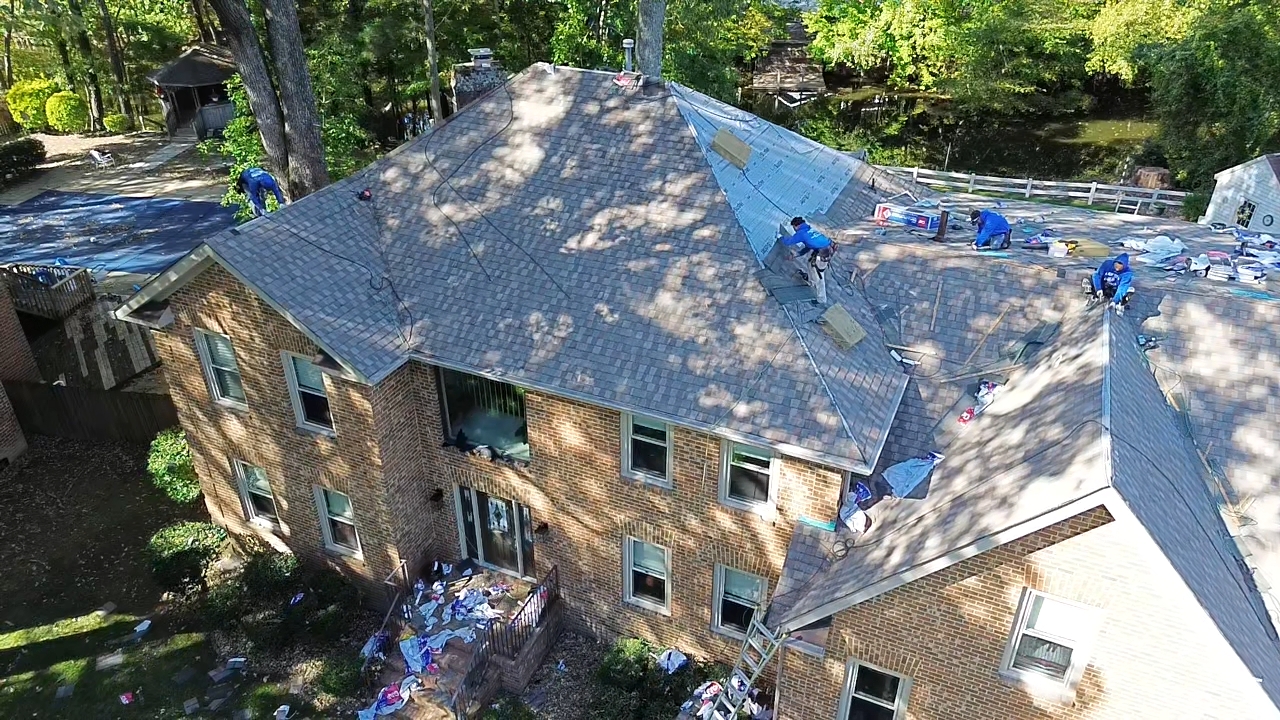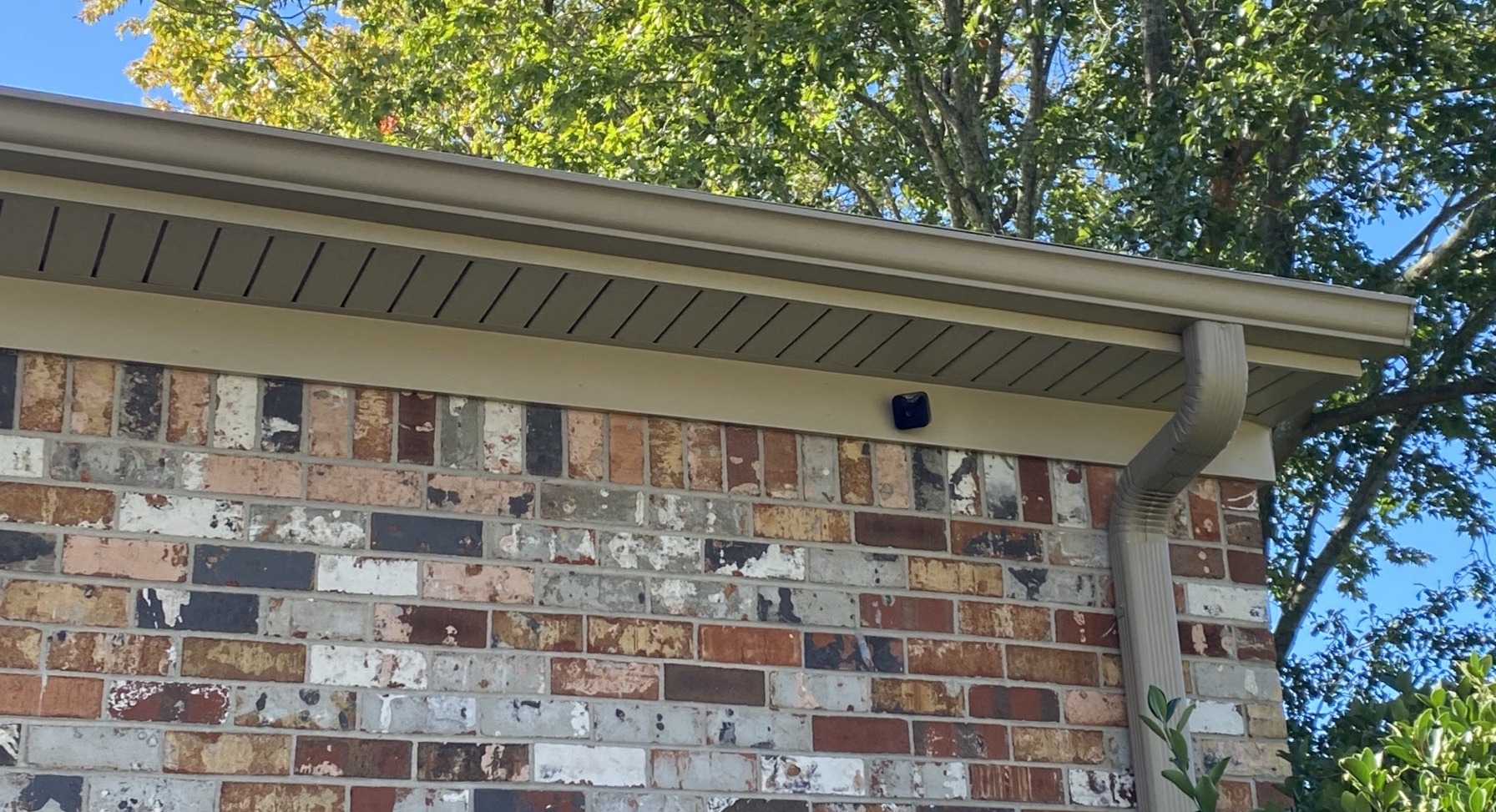The impact of roof pitch on water drainage and longevity
Use our quick contact form to get in touch with our team. We will respond shortly.

Most homeowners don’t think twice about the angle of their roof, but roof pitch plays a critical role in how well your roofing system performs. As a leading roofing company in Chesapeake, WT Anderson understands how slope and design impact both drainage efficiency and the overall lifespan of a roof.
What Is Roof Pitch?
Roof pitch refers to the steepness or slope of your roof. It’s typically measured as the ratio of vertical rise to horizontal run—expressed as “4:12,” “6:12,” etc. A 6:12 pitch means the roof rises six inches for every 12 inches it runs horizontally.
There are three general pitch categories:
- Low-slope roofs (2:12 to 4:12)
- Conventional/sloped roofs (4:12 to 9:12)
- Steep-slope roofs (above 9:12)
Each type has unique drainage properties and design considerations.
How Roof Pitch Affects Water Drainage
1. Faster Drainage on Steep Roofs
Steep-sloped roofs shed water quickly, reducing the risk of standing water or pooling that can lead to leaks and structural damage. This is especially beneficial during Chesapeake’s heavy rainstorms and hurricane season.
2. Increased Risk with Low-Slope Roofs
Low-slope roofs drain more slowly and are more prone to water accumulation. These designs require additional waterproofing and proper drainage planning to prevent moisture infiltration.
3. Importance of Proper Gutter Installation
No matter the pitch, an effective gutter system is essential to direct runoff away from your home’s foundation. Improper gutters can nullify even the best-pitched roof design.
Check out our gutter services in Chesapeake.
Roof Pitch and Longevity
1. Reduced Wear and Tear on Steep Roofs
Steep roofs not only drain water better but also resist debris buildup and snow accumulation, leading to less maintenance and longer lifespan.
2. Material Lifespan Varies by Pitch
Some roofing materials, like shingles, perform better on steeper slopes. Flat or low-slope roofs often require more durable materials like membrane roofing due to their exposure to standing water.
3. Ventilation and Energy Efficiency
Roof pitch also affects attic space and ventilation, which in turn impacts energy efficiency and the health of your roofing structure over time.
Why It Matters in Coastal Virginia
In Chesapeake, where storms and high winds are common, selecting the proper roof pitch during construction or renovation is critical. The wrong slope can result in:
- Water infiltration
- Roof damage from pooling
- Increased risk of mold and mildew
- Reduced material lifespan
Work With Professionals Who Understand Roof Design
Whether you're building a new home or replacing an existing roof, understanding pitch is essential to long-term performance. WT Anderson has years of experience designing and installing roofing systems that work with—not against—the unique climate of coastal Virginia.
Learn more about our roof replacement services.
Schedule a free on-site roof evaluation.
Sources:
- Owens Corning: Choosing the Right Roof Pitch
- Energy.gov: Roof Design and Energy Efficiency





